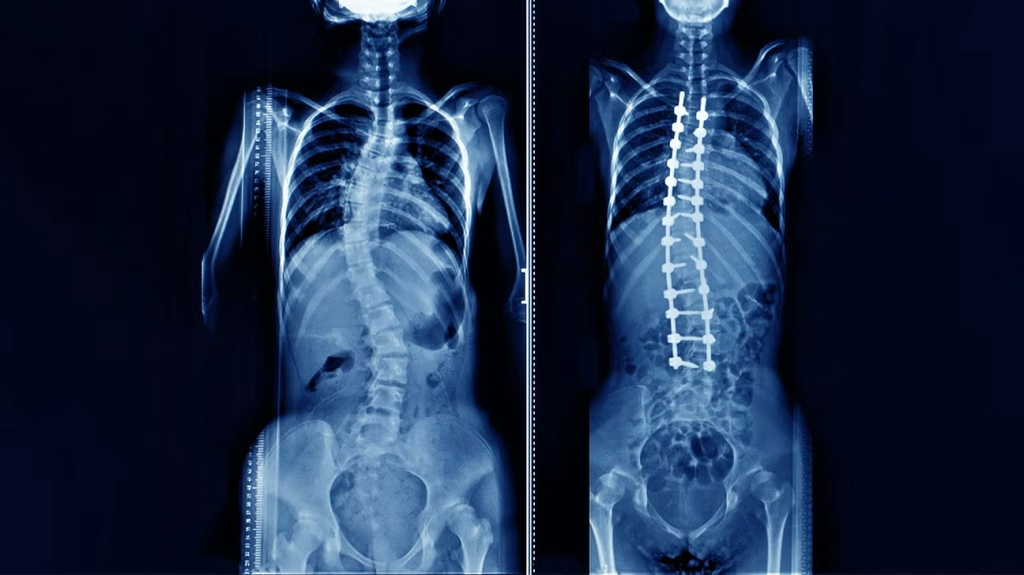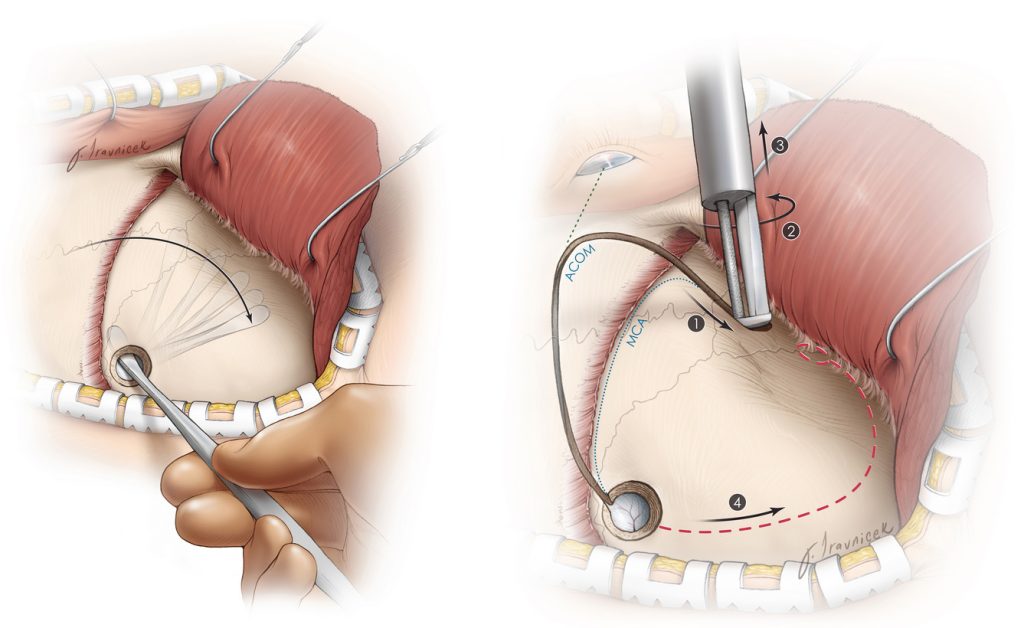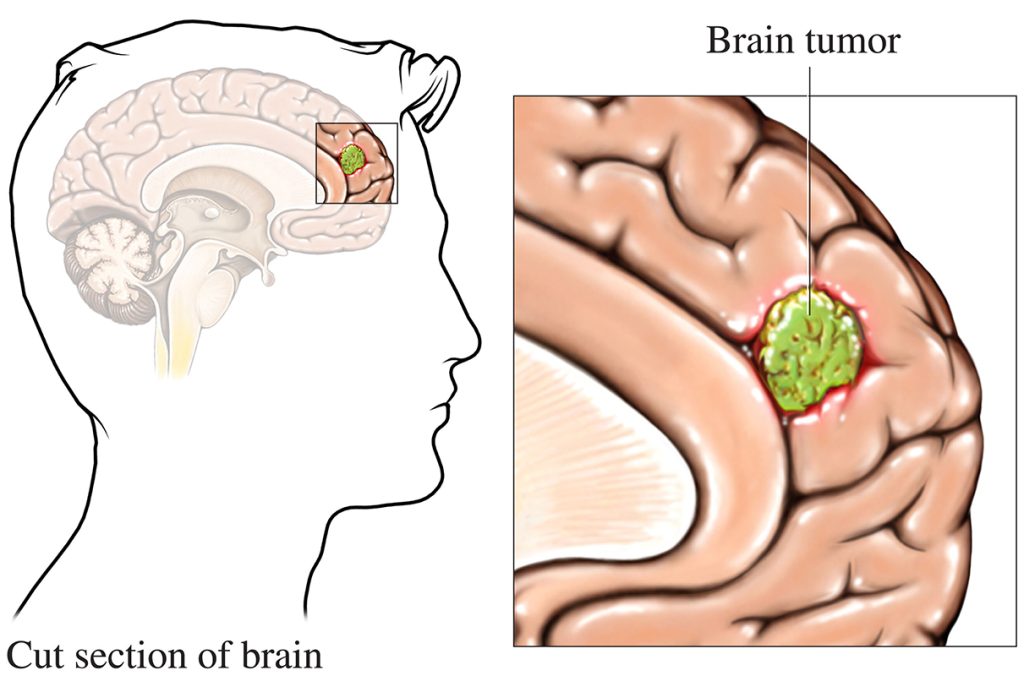Key Warning Signs That You Might Need Spine Surgery
Persistent back or neck pain is difficult. It affects daily activities greatly. Many find it hard to cope. Often, non-surgical treatments help. Physical therapy can offer relief. Medications also provide support. But sometimes, these aren’t enough. When symptoms worsen, surgery is a thought. Recognizing key signs is vital. It helps you consider options. This guide…
Read more










